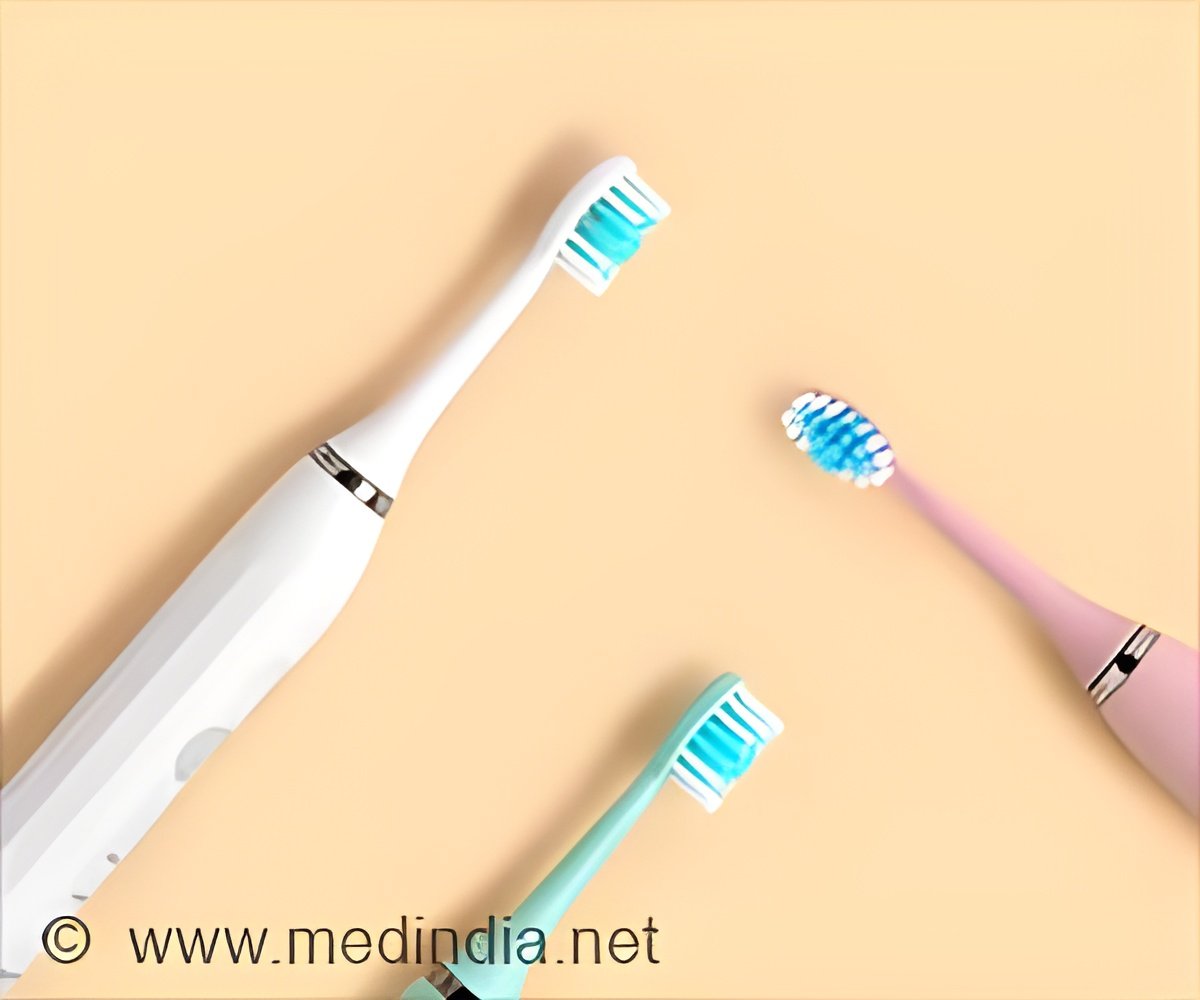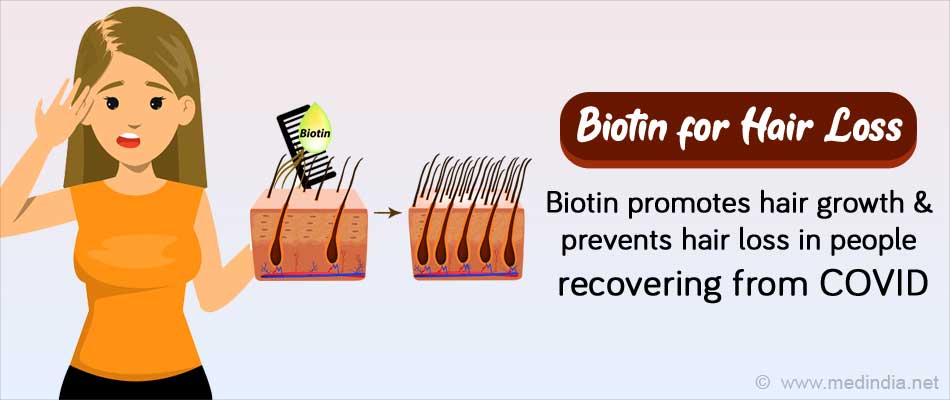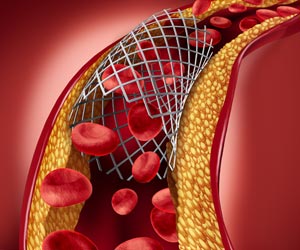
- Choose between manual and electric toothbrushes based on comfort and effectiveness
- Opt for soft bristles to protect sensitive gums and enamel
- Regularly replace your toothbrush for optimal cleaning
Everyone has come across numerous ads for toothpastes and mouthwashes all of which claims to be “Dentists Approved”. But as a dentist myself, let me break all those overwhelming information in the market, which will help you in choosing the best one for you.
It all starts with a simple yet crucial decision: deciding on what toothbrush to use. Even the decision between manual and electric, soft and hard bristles, and different sizes makes it difficult to choose.
Consequently, the findings of Toothbrush Survey indicates that 75% of users employ substandard brushes that are hard, of wrong size, or replaced inadequately. Using the wrong type of toothbrush can contribute to enamel erosion, gum recession, and even increase the risk of oral infections due to ineffective cleaning or injury to gums.
Advertisement
Ready to level up your dental care? Let’s find that ideal brush for you!
Advertisement
Manual vs. Electric: What’s Best for You?
Manual Toothbrushes are cheaper, easily accessible, and do not need to be charged or have batteries inserted into them. They are convenient in that they enable the user to have more control over the bristled pressure and manner in which they use it to clean the teeth.
Depending on how and for how long you brushed your teeth, the effectiveness of the manual toothbrush may highly vary. This is true because users should brush for two minutes in order to clean the teeth effectively.
While Electric Toothbrushes most often comes with an inbuilt timer and pressure sensors engraved on its surface to help users develop proper brushing techniques. They may be able to perform the task better in terms of its effectiveness against plaque and gingivitis because of its sustained motion.
Considerations: Tends to be more costly, needs charging or battery replacement and not so flexible due to different individual preferences or physical limitations (1✔ ✔Trusted Source
Oral cleanliness in daily users of powered vs. manual toothbrushes – a cross-sectional
Advertisement
Soft, Medium, or Hard Bristles: So, which Should you Choose?
Soft Bristles: Kind to the gums and enamel, which makes them perfect or individuals with sensitive teeth or those who suffered from receding gums. They clean the teeth gently and efficiently, at the same time reducing abrasive contact with gums causing gum irritation.
When it comes to choice of toothbrush, most dentists advise their clients to use a soft bristled toothbrush (2✔ ✔Trusted Source
Evaluation of the Effect of Ultra-Soft Toothbrushes with Different Commercial Brands on Plaque and Bleeding Indices
Medium Bristles: May fit well with people that love to apply a little pressure when brushing but can also lead to wear of teeth enamel if too much pressure is used. Use with caution.
Hard Bristles: Some can cause damage to the gum and the enamel resulting to a sensitive teeth and other dental complications. They should in any way be taken without reference to the dentist where they are needed for specified dental ailments.
Hard or Medium Bristled tooth brushes can be used to brush fake teeth or dentures and can also be used for patients who have retainers.
Advertisement
Toothbrush Head Size: Comfort is Key
The head of a toothbrush should be small enough to fit in corners of the mouth and sites where it is tougher for the toothbrush to reach such as the back molars. Ideally the brush head size, should be small enough to allow you cover the whole mouth conducting easy brushing motions without making your jaw to ache.
Also select the toothbrush that has a comfortable handle and offer one good grip. A lot of new designs are effective in possessing and enhancing the handle and movement of the brush used for grooming (3✔ ✔Trusted Source
Impact of manual toothbrush design on plaque removal efficacy
Don’t Forget to Replace your Toothbrush!
They recommend rule to replace your toothbrush is every 3-4 months or if the bristles are frayed, no matter how much toothpaste you’ve used on it.
It becomes necessary to replace the brush if the bristles are worn out or if they are spread out. If one uses the toothbrush for a long time it will not clean well and can cause gum disease (4✔ ✔Trusted Source
Effect of toothbrush bristle stiffness and toothbrushing force on the abrasive dentine wear
It would be wise to set an alarm on the phone or write another date on a calendar after every few months to help to replace the toothbrush.
Bonus Tip: Caring for Sensitive Gums
If the gums are tender or you are prone to gum inflammation, one should use soft bristled toothbrush and can consider using a toothpaste for sensitivity under a doctor’s discretion.
Consulting a Dentist: In case the sensitivity continues, you should seek advice from your dentist on what oral care products and methods are most suitable to you.
References:
- Oral cleanliness in daily users of powered vs. manual toothbrushes – a cross-sectional – (https://bmcoralhealth.biomedcentral.com/articles/10.1186/s12903-019-0790-9)
- Evaluation of the Effect of Ultra-Soft Toothbrushes with Different Commercial Brands on Plaque and Bleeding Indices – (https://pmc.ncbi.nlm.nih.gov/articles/PMC7921760/)
- Impact of manual toothbrush design on plaque removal efficacy – (https://pubmed.ncbi.nlm.nih.gov/37880662/)
- Effect of toothbrush bristle stiffness and toothbrushing force on the abrasive dentine wear – (https://pmc.ncbi.nlm.nih.gov/articles/PMC8597153/)
Source-Medindia



